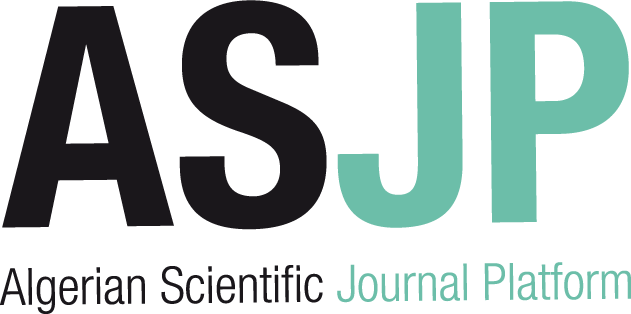[article]
| Titre : |
The impact of quality on learning |
| Type de document : |
texte imprimé |
| Auteurs : |
George Li, Auteur ; S. Rajagopalan, Auteur |
| Année de publication : |
2007 |
| Article en page(s) : |
pp. 181–191 |
| Note générale : |
Génie Industriel |
| Langues : |
Anglais (eng) |
| Mots-clés : |
Quality Productivity Learning Statistical analysis |
| Résumé : |
The strategic importance of learning curves has been recognized for a long time both in industry and in academia, but little is known about the huge difference in rates at which different firms learn. Recent theoretical studies and anecdotal evidence from Japanese manufacturing firms suggest that quality-related activities may be one major factor explaining the difference in learning rates. When the impact of quality on learning is considered, three important questions arise: (1) How well does cumulative output of defective or good units explain learning curve effects? (2) Do defective units explain learning curve effects better than good units? (3) How should cumulative experience be represented in the learning curve model when the quality level may have an impact on learning effects? This paper presents, to our knowledge, the first empirical study addressing these questions. Using time series data from two manufacturing firms, we find that cumulative output of defective or good units is statistically significant in explaining learning curve benefits. However, defective and good units do not explain learning curve effects equally as is implicitly assumed in traditional learning curve models. In particular, defective units are statistically more significant than good units in explaining learning curve effects. |
| DEWEY : |
658.57 |
| ISSN : |
0272-6963 |
| En ligne : |
http://www.sciencedirect.com/science/article/pii/S027269639700003X |
in Journal of operations management > Vol. 15 N°3 (Août 1997) . - pp. 181–191
[article] The impact of quality on learning [texte imprimé] / George Li, Auteur ; S. Rajagopalan, Auteur . - 2007 . - pp. 181–191. Génie Industriel Langues : Anglais ( eng) in Journal of operations management > Vol. 15 N°3 (Août 1997) . - pp. 181–191
| Mots-clés : |
Quality Productivity Learning Statistical analysis |
| Résumé : |
The strategic importance of learning curves has been recognized for a long time both in industry and in academia, but little is known about the huge difference in rates at which different firms learn. Recent theoretical studies and anecdotal evidence from Japanese manufacturing firms suggest that quality-related activities may be one major factor explaining the difference in learning rates. When the impact of quality on learning is considered, three important questions arise: (1) How well does cumulative output of defective or good units explain learning curve effects? (2) Do defective units explain learning curve effects better than good units? (3) How should cumulative experience be represented in the learning curve model when the quality level may have an impact on learning effects? This paper presents, to our knowledge, the first empirical study addressing these questions. Using time series data from two manufacturing firms, we find that cumulative output of defective or good units is statistically significant in explaining learning curve benefits. However, defective and good units do not explain learning curve effects equally as is implicitly assumed in traditional learning curve models. In particular, defective units are statistically more significant than good units in explaining learning curve effects. |
| DEWEY : |
658.57 |
| ISSN : |
0272-6963 |
| En ligne : |
http://www.sciencedirect.com/science/article/pii/S027269639700003X |
|


 Ajouter le résultat dans votre panier Faire une suggestion Affiner la recherche
Ajouter le résultat dans votre panier Faire une suggestion Affiner la rechercheThe impact of quality on learning / George Li in Journal of operations management, Vol. 15 N°3 (Août 1997)











